We took a little time to get up close and personal with Rotor’s forthcoming 13-speed, hydraulically actuated, multi-purpose drivetrain.
Rotor’s 13-speed drivetrain is hardly a secret anymore, but The Bike Place Show gave many people their first real-life look at this hydraulic system and even have a quick ride around on it.
The chaps at Rotor were on hand to talk us through some of the unique features of this 13-speed system, which will actually be marketed as a universal drivetrain meaning that the same rear mech has been designed for road, gravel and mountain bike usage.
As you can tell from these photos, the rear mech is a little bigger than a traditional cable operated model, but it isn’t all just hydraulic actuators in there, there are also some really innovative features that we can’t wait to try for ourselves. For example, the silver button in the mech (just to the right of the no. 13) is so you can easily run through your block while maintaining or setting your gears up rather than having to reach for the shifter on your bars. Very smart!
Latest Singletrack Merch
Buying and wearing our sustainable merch is another great way to support Singletrack
While it may look like this drivetrain has a long loop of cable and a barrel adjuster just like your mech at home, this isn’t actually the case. The hose on the gravel bike displayed was purposely long so that Rotor could show how the banjo connector (yup, just like your disc brakes) can be rotated to suit your frame and use minimal exposed hose. The component that looks like a barrel adjust kind of is one. Turning it will reduce or add pressure to the oil in the system allowing fine tuning after bleeding or for on the trail fettling.
Rotor’s rear mech uses a much chunkier cage to what we normally see, and it also hides a neat trick too. The tab which says ‘push’ actually splits the cage and swings the top jockey wheel out of the way, and with it reducing the chain tension on the system making it easier to fit and remove the rear wheel.
There will be a range of Rotor 13-speed cassettes made available for the drivetrain and users can choose the one that suits their discipline. Each cassette is made of a close ratio black of 9 steel cogs followed by 4 larger alloy sprockets with slightly bigger gaps in between them. Take a close look at the teeth on the lower end of the cassette and you’ll notice shifting ridges to help move the chain from one cog to the next.
There were only gravel bikes to see this time around so we don’t know how the mountain bike specific shifter will operate or what it will look like, we also didn’t get to see the larger ratio cassettes, but at least we got a chance to have a fiddle with this groundbreaking system ahead of it going on sale.
Speaking of which, don’t expect this 1 x 13 system to be cheap, Rotor currently has the road specific version up for pre-order on its website with pricing starting at €1999.00 rising to a cool €4499.00.
We can’t wait to get our hands on a longterm review drivetrain to see if all of these innovations work in the real world. Watch this space for more on the Rotor 1×13 system and if you have any questions please ask away in the comments section below.

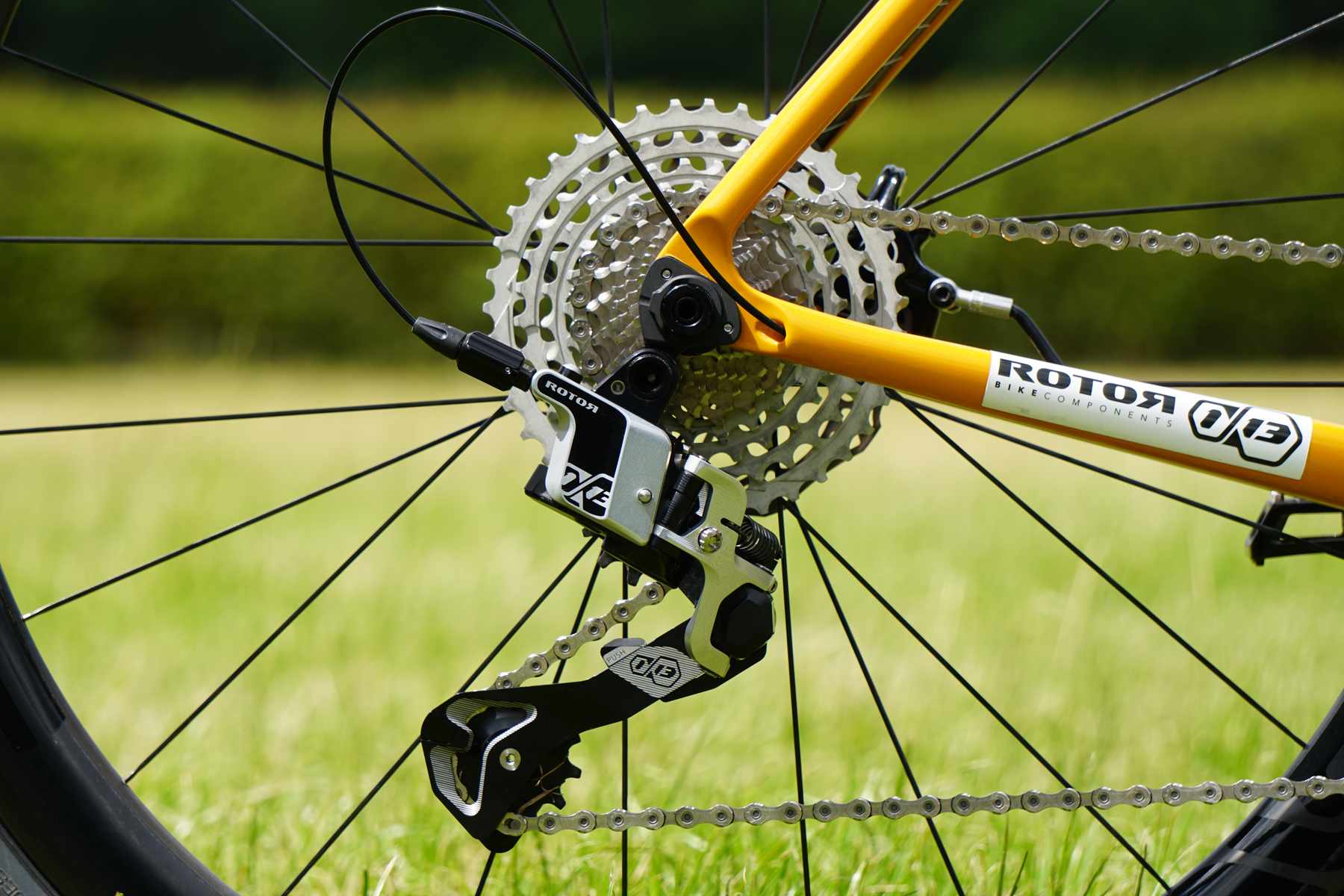
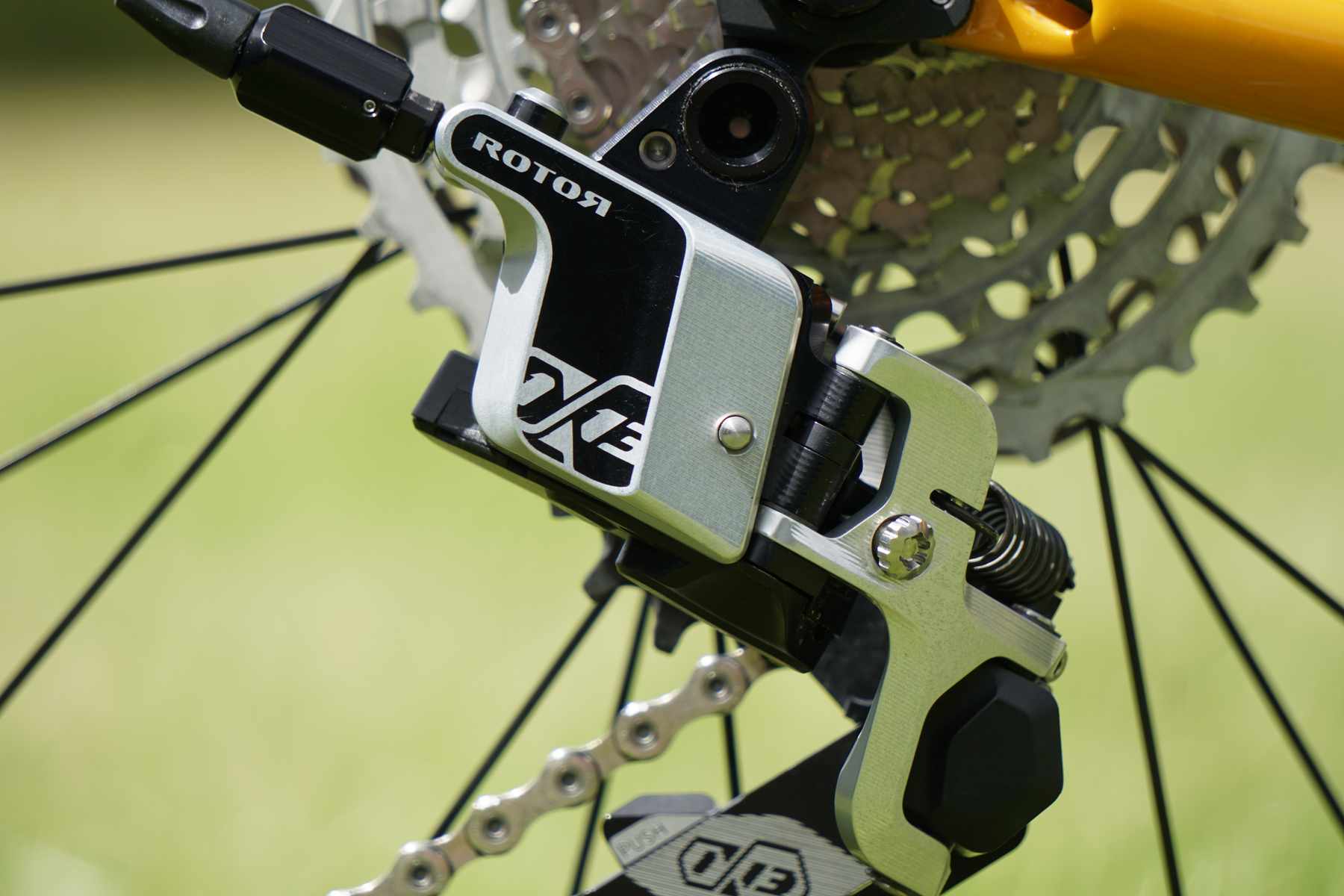




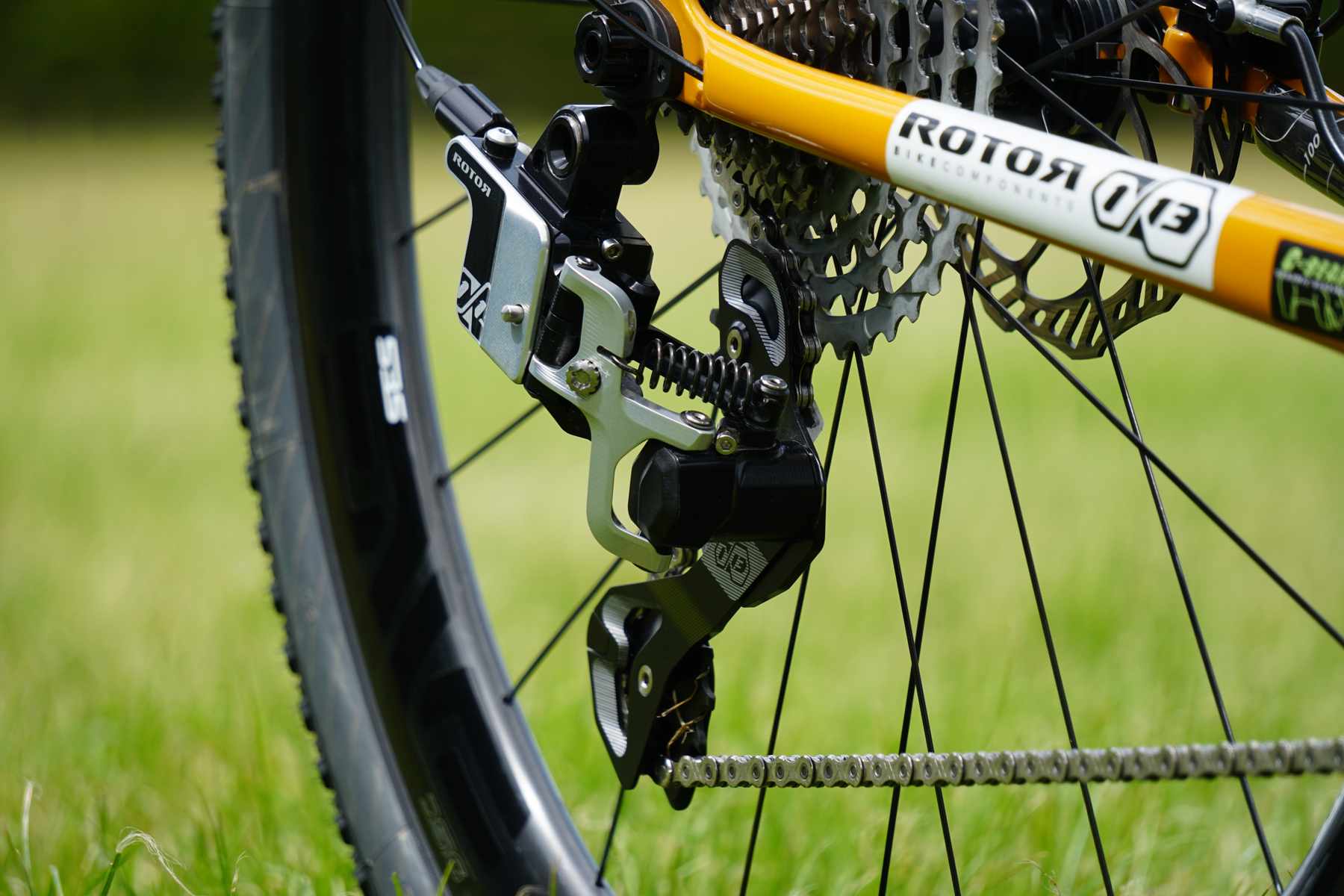
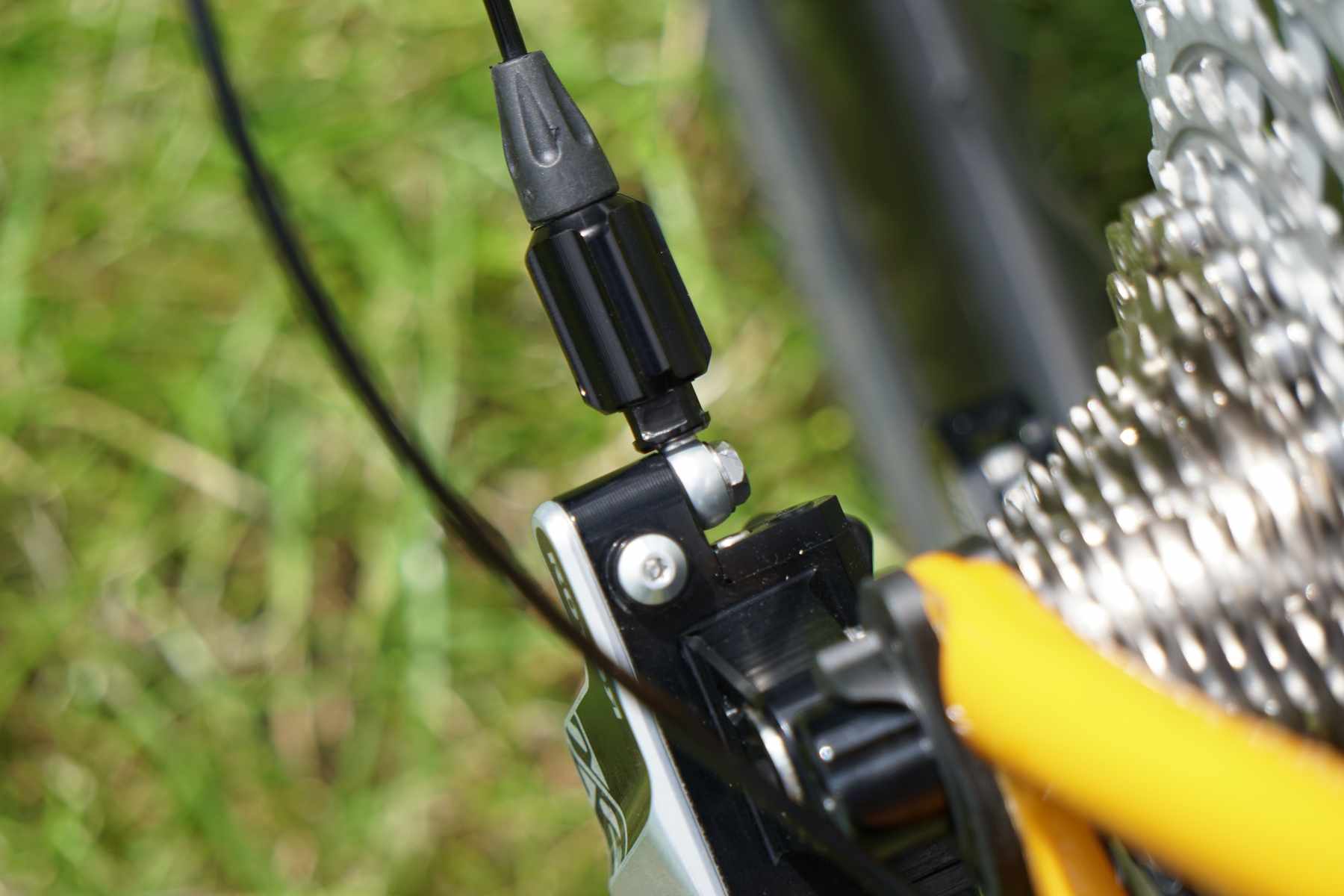
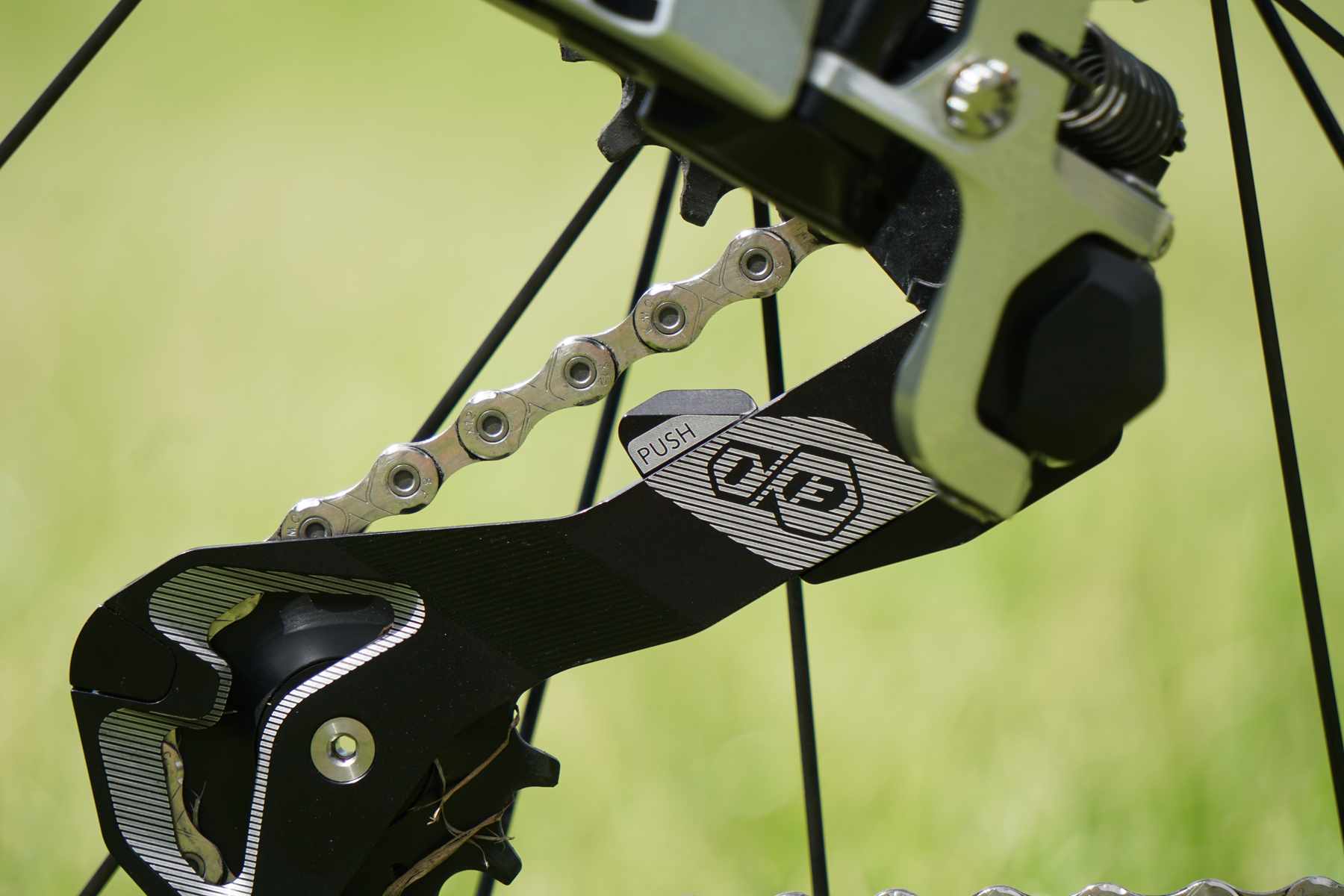
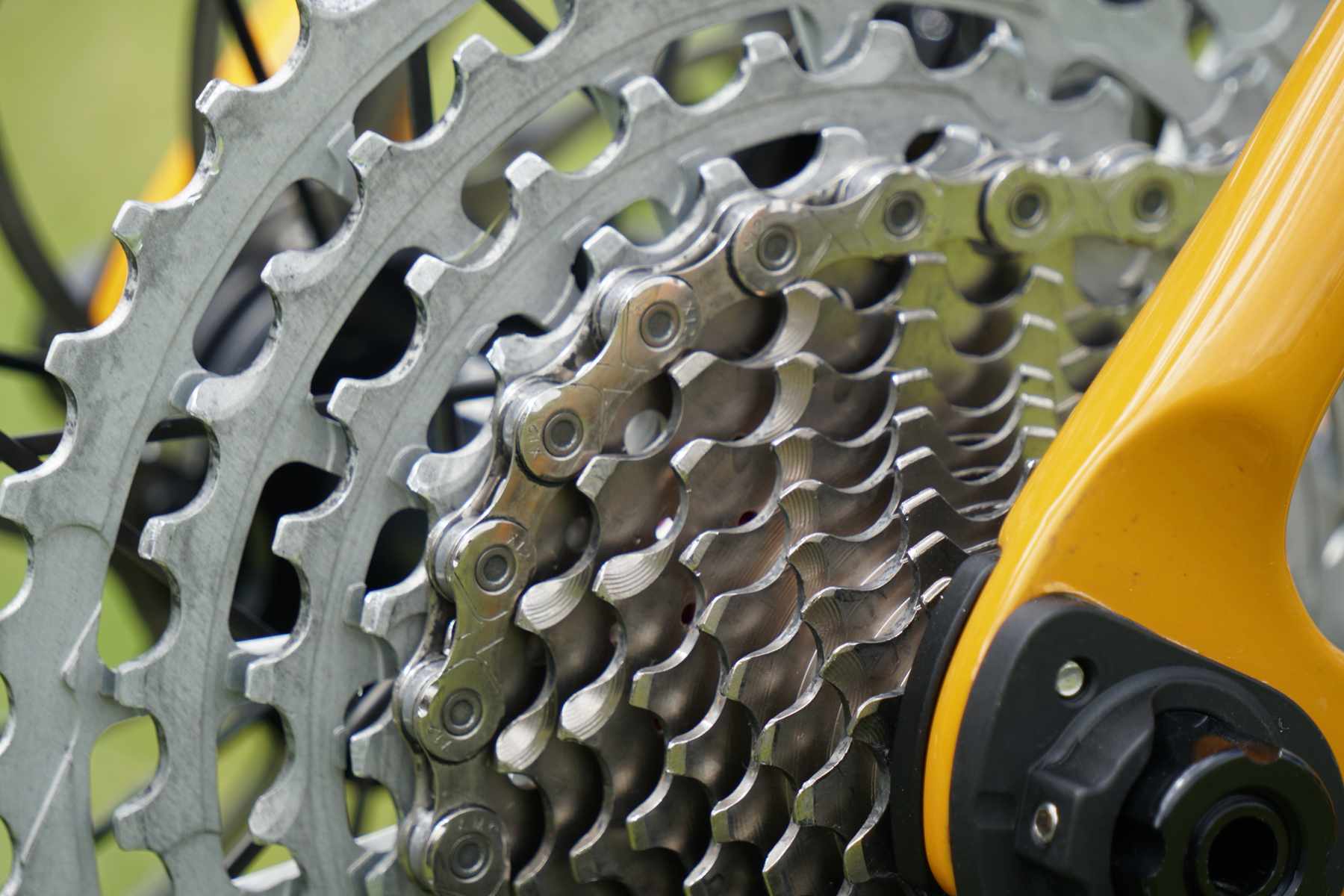
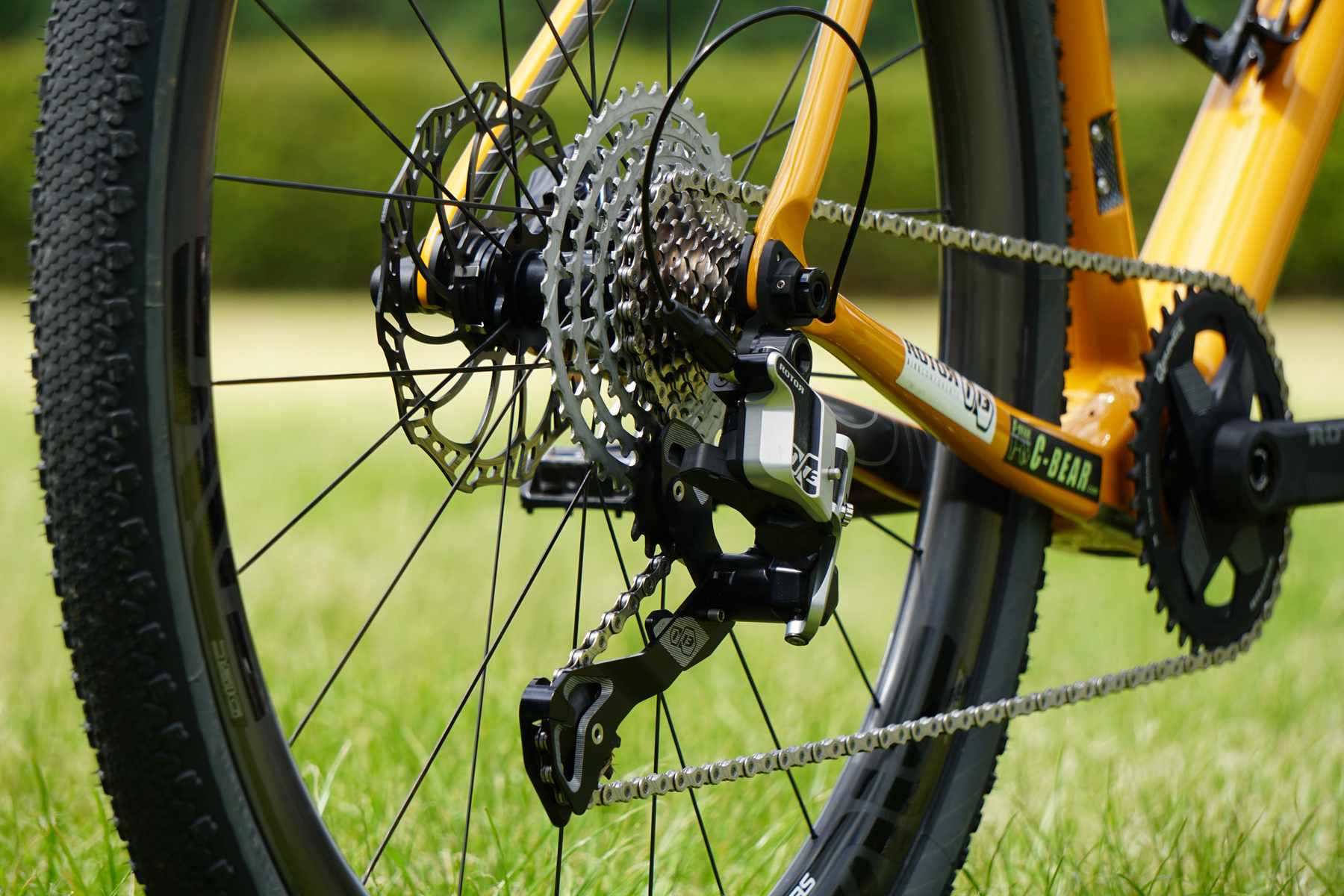
What are the ratios? What kind of freehub is it? Is the wheel more dished?
Why?
@molgrips With a 10-52 MTB tooth you get 520%. The hub is specific to the 13 speed cassette in order to make room for that sprocket, but it’s an open standard so they’re hoping there will be other manufacturers who take it on. Their marketing info says ‘Optimised Flange Spacing – Increased capacity for 13s cassette maintaining wheel stiffness & reliability’, which would suggest to us there is something going on with dishing and flange proportions, but at the moment I couldn’t be more precise than that.
At those prices I don’t think there’s going to be much of a revolution. if you are prepared to spend that much, are you going to buy this in preference to srams new cable free offering?